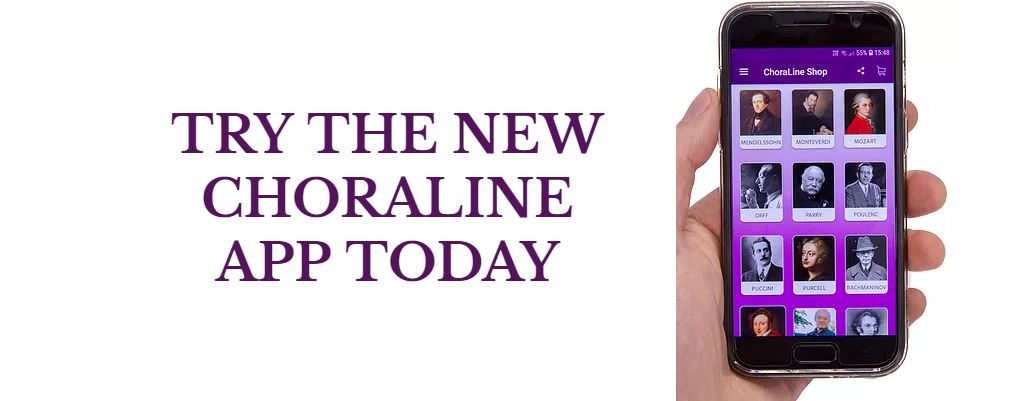Mozart Coronation Mass in C Vocal Score

Vocal scores for Mozart's Coronation Mass
The popular vocal scores for Mozart's Coronation Mass are shown below.
Rehearsal recordings to help learn your voice part (Soprano, Alto, Tenor, Bass) are described below.
Full video version to hear the work in full is also below.
The Novello/Pilkington edition of Mozart's Coronation Mass is in Latin for SATB.
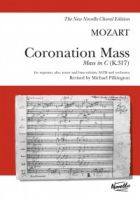
Catalogue Number:NOV072505
ISBN: 9780853609940
Please click here if you wish to order and further vocal score information
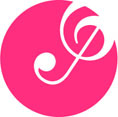
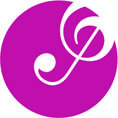
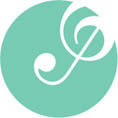
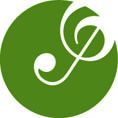
The Edition Peters version of Mozart's Coronation Mass is in Latin for SATB/PF
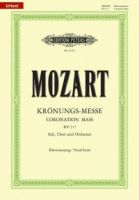
Catalogue Number:EP8115
ISMN:9790014060411
Please click here if you wish to order and further vocal score information
Please order by 3pm to be despatched today




The Schirmer edition of Mozart's Coronation Mass is in English for SATB/Piano
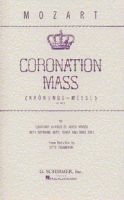
Catalogue Number: HL50324680
EAN:0073999246803
Please click here if you wish to order and further vocal score information
Please order by 3pm to be despatched today




The Krönungsmesse (German for Coronation Mass) (Mass No. 15 in C major, KV 317; sometimes Mass No. 16), composed in 1779, is one of the most popular of Wolfgang Amadeus Mozart's 17 extant settings of the Ordinary of the Mass. This setting, like the majority of Mozart's mass settings, is a Missa brevis, or short mass (as opposed to the more formal Solemn Masses or High Masses, known as Missae solemnes).
This Mass was completed on March 23, 1779 in Salzburg. Mozart had just returned to the city after 18 months of fruitless job hunting in Paris and Mannheim, and his father Leopold promptly got him a job as court organist and composer at Salzburg Cathedral. The mass was almost certainly premiered there on Easter Sunday April 4, 1779. Contrary to common misunderstandings, it was not intended for the church of Maria Plain near Salzburg, and was probably not performed at the Imperial coronations in Prague in 1790 and 1792. It appears to have acquired the nickname "Coronation" at the Imperial court in Vienna in the early nineteenth century.
In the following century, Joseph Haydn alluded to this Mass in his Harmoniemesse.
The work is scored for SATB soloists and chorus, 2 violins, "Bassi", 2 oboes, 2 horns, 2 trumpets, timpani, 3 trombones (which reinforce the alto, tenor and bass) and organ. Notable is the lack of violas, typical of music written for Salzburg, and the vague name "basses" for the stave shared by organ, bassoon (specified only in the Credo), Cello and Double bass. Among the original parts is one for "Violone", a slippery term sometimes implying a 16' bass but also used for the 8' Bass violin.
The Kyrie, Gloria and Credo all begin emphatically in C-major with an almost military rhythm. The soloists contrast with the larger forces of the choir, often as a quartet. Of note in this regard are the central Adagio section of the Credo at Et incarnatus est, and the surprise of the Benedictus after the chorus has already declaimed the Hosanna. These musical breaks mimic what is occurring in the Mass at these points, and serve to link the music to the proper forum for which it was intended: The Traditional Roman Catholic Mass. Rubrics require the congregation to change from a standing position to a kneeling position at the 'incarnatus' out of respect for the Incarnation of Christ: hence the musical break. Similarly, only the first verse of the 'Sanctus' is sung before the Consecration, the 'Benedictus' verse is required to be sung afterward, according to the rubrics of the Mass. This required rubrical division often results in the verses appearing in music as two separate movements, although they are thematically joined. In the Credo, Mozart introduces the trombones for the Crucifixus and using a chromatic fourth in the bass. The soprano solo of the Agnus Dei exhibits melodic similarities to and may foreshadow "Dove sono", the Countess' main aria from Le Nozze di Figaro.
For further information of Mozart's Coronation Mass, please click here to visit the Wikipedia website




ChoraLine 'Voice Part' Rehearsal CDs & EasyPlay (Stream & Download)
Quick and Easy way to memorise your vocal line and practise between choir rehearsals

Know Your Notes Perfectly
Enhance Your Enjoyment when Singing
Learn With The Music
Shine In Your Choir
Sing With Confidence
Please click here to hear a ChoraLine sample for Coronation Mass




Choral Performance CD
If you wish to have a CD of Coronation Mass to hear the whole work please click here and please do click on the video below to listen right away if you wish
